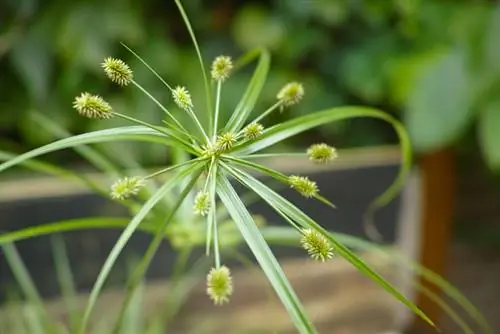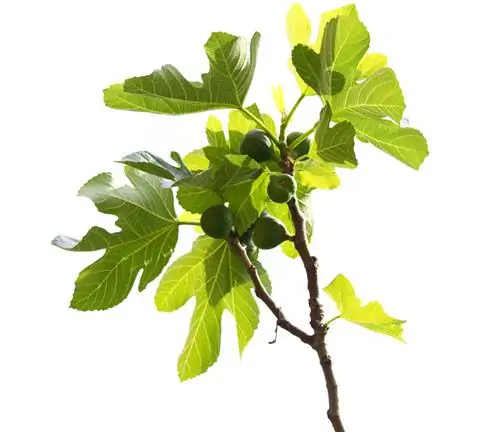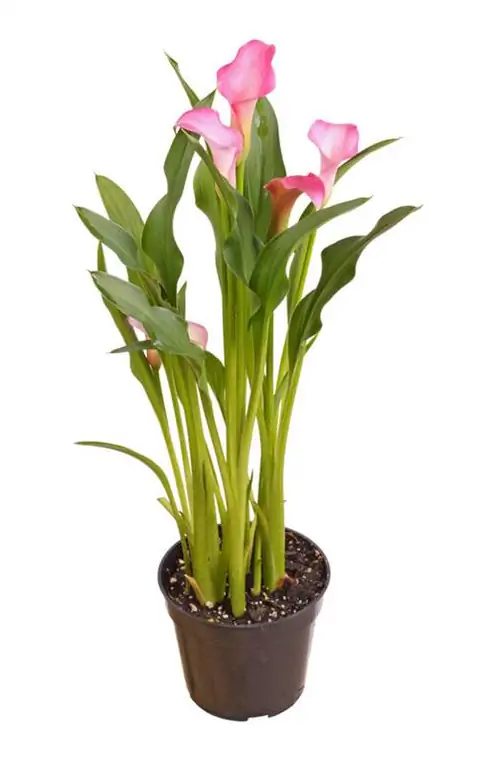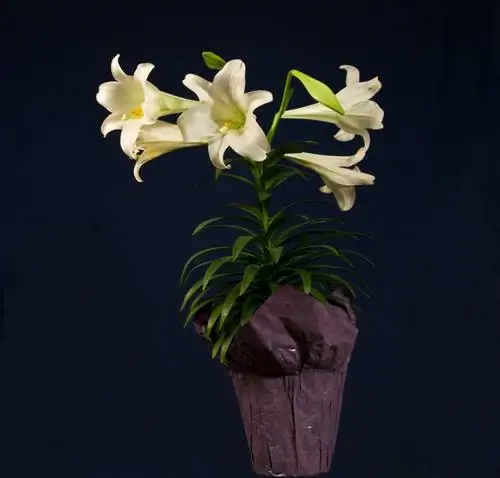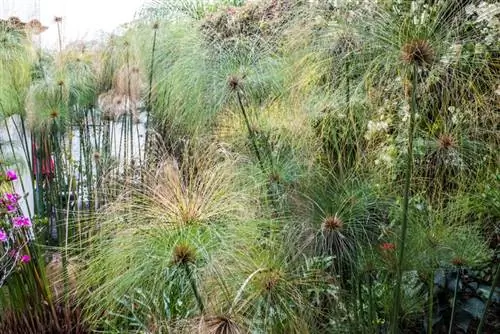- Author admin [email protected].
- Public 2023-12-16 16:46.
- Last modified 2025-01-23 11:20.
The real papyrus is suitable for both pond planting and keeping as a houseplant. In its African homeland it grows up to 3 meters high, but it does not reach this height indoors.

What conditions does a papyrus houseplant need?
Real papyrus or Cyprus grass are suitable as papyrus houseplants. They need a bright location, high humidity and regular watering. They should be fertilized during the growth and flowering phase. Yellow leaves indicate drought.
Which papyrus is suitable as a houseplant?
In addition to real papyrus, Cyprus grass is also often sold as so-called “false papyrus”. This is also suitable as a houseplant. However, false papyrus requires slightly different conditions for good growth. It tolerates slightly cooler temperatures, around 10 °C. However, some species cannot tolerate waterlogging.
The ideal climate for papyrus
Papyrus likes it moist, after all it is a swamp plant. This applies to both the ground and the air. If your papyrus is in a well-heated living room, the air there is probably too dry for this plant. In particular, the dry heating air in winter is not particularly good for the papyrus. However, it feels very comfortable in a bright bathroom or kitchen.
How to care for your papyrus in the room
The papyrus reacts easily to drought with yellow leaves. You can prevent this by spraying the plant every now and then with lukewarm, low-lime water. Alternatively, you can place a container filled with water on the heater to increase the humidity. If the leaves have already changed color, you should react quickly and the papyrus plant will recover.
Papyrus should be watered regularly so that the root ball does not dry out. Papyrus needs a lot of nutrients during growth and also when it flowers. Give it some liquid fertilizer (€13.00 on Amazon) about every three to four weeks. If necessary, papyrus can also be propagated relatively easily. This can be achieved either by dividing a large plant or by cuttings.
The most important things in brief:
- choose a bright and warm location
- ensure sufficiently high humidity
- water regularly
- fertilize during the growth and flowering phase
- yellow leaves are a sign of excessive dryness
- easy to propagate by division
Tip
Your papyrus plant feels particularly comfortable in a bright room with high humidity. Naturally, bathrooms or kitchens are ideal locations.

